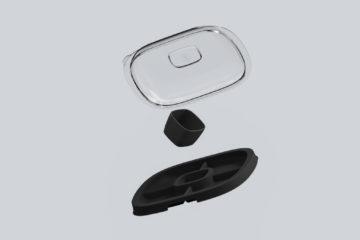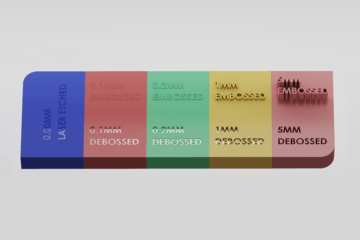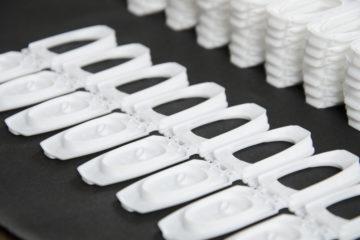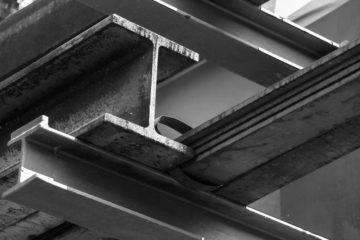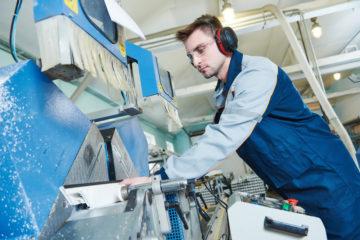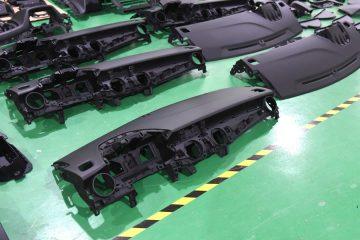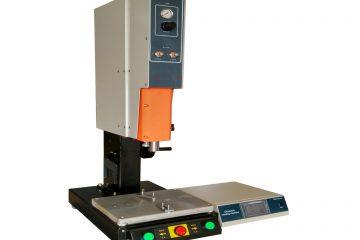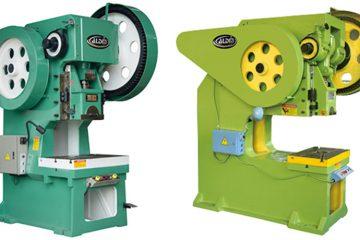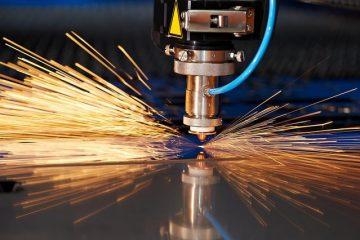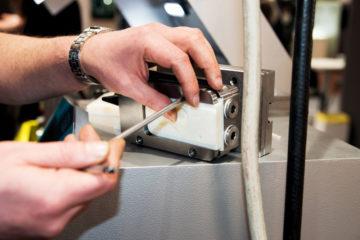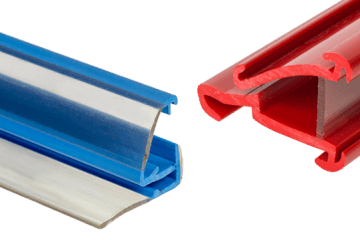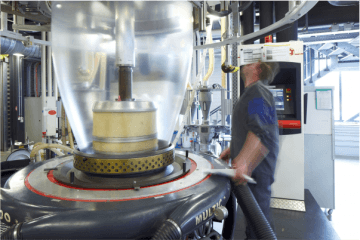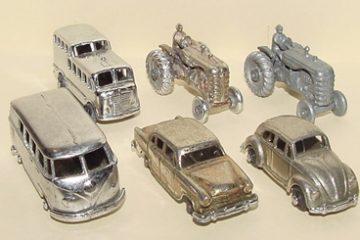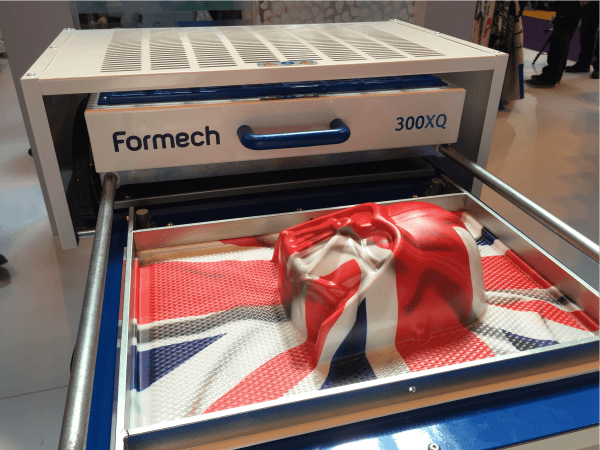
Previously we discussed Thermoforming, today I wanted to talk about a subsection of that category of plastics manufacturing known as Vacuum Moulding or Vacuum Forming. Vacuum Moulding is the process by which a thermoplastic sheet material is heated until it’s malleable and then sucked onto a forming core or tool using the pressure of a vacuum. It’s a high volume, capital intensive but extremely low product cost manufacturing.
Now Vacuum forming comes in all different shapes and sizes, from 150mm by 150mm forming areas up to 2 metre by 2 metre forming areas for really large industrial scale products. The forming cores or tools can be made from a variety of materials from woods, plastics, epoxy resins, foams and up to aluminium. Usually you don’t need to create steel tools, as the plastic is neither extremely hot or under immense pressure, which allows cheaper aluminium tools to last for thousands, if not hundreds of thousands of cycles. They can also be male (convex) or female (concave) in their general shape, however forming tools do need adequate draft so that the product can easily pop off (or out of) the mould. At least 3° of draft is recommended, but more always helps. As with thermoforming, forming undercuts is an issue. It can be done, but there are probably cheaper ways of creating your product.
However, once you have your sheet of Vac Formed parts what do you want to do with them? Most products have some post processing work done to them, to cut them down to size with a guillotine, drill feature holes into them, cut them into individual units at speed with a roller cutter or cut extremely press cutting tool. These are all things you should consider before you spend big bucks in investing in a vac formed product. Vacuum forming is probably one of the most common types of thermoforming, as the vacuum provides sufficient suction to pull the material into shape, whilst also cooling it meaning a relatively fast cycle time. As you can see, this gives you greater control and a decreased cycle time, when compared to slumping or drape forming. If you’d like to whether vac forming suits your part, come in for a free, no obligation 1 hour meeting with our design team and lead tool maker or contact us via our website.
Subscribe to Our Newsletter
Get the latest news from Dienamics into your inbox







